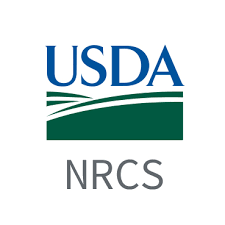
USDA Natural Resources Conservation Service
WASHINGTON, August 27, 2020 – The U.S. Department of Agriculture (USDA) published its final rule on determining whether land is considered highly erodible or a wetland, integrating input from the public and making updates in accordance with the 2018 Farm Bill. This final rule follows a focused effort by USDA’s Natural Resources Conservation Service (NRCS) to improve consistency and use of science in making determinations.
“Feedback is a very important resource, and we appreciate all of those who help us improve how determinations are made,” said NRCS Acting Chief Kevin Norton. “Highly erodible land and wetland determinations are the gateway to USDA programs, and we strive to provide the highest quality technical assistance to inform decision-making by farmers and ranchers.”
To be eligible for most USDA programs, producers must be conservation compliant with the highly erodible land and wetland provisions. These provisions aim to reduce soil loss on erosion-prone lands and to protect wetlands for the multiple benefits they provide.
The final rule was made available for public inspection today, and it will be published tomorrow in the Federal Register. This follows an interim final rule published Dec. 7, 2018.
This final rule confirms most of the changes made by the December 2018 interim final rule and makes these additional updates:
- Adding the requirement of the 2018 Farm Bill that USDA will make a reasonable effort to include the affected person in an on-site investigation conducted prior to making a wetland violation technical determination.
- Further clarifying how wetland hydrology is identified for farmed wetlands and farmed wetland pasture.
- Adding clarification to the consideration of best-drained condition for wetland hydrology in keeping with the definition of prior converted cropland.
- Relocating the provision that wetland determinations can be done on a tract, field, or sub-field basis in order to improve clarity.
NRCS has recently updated its conservation compliance webpages, adding highly erodible land and wetland determination resources for agricultural producers by state.
Learn more about conservation compliance on the NRCS website.
